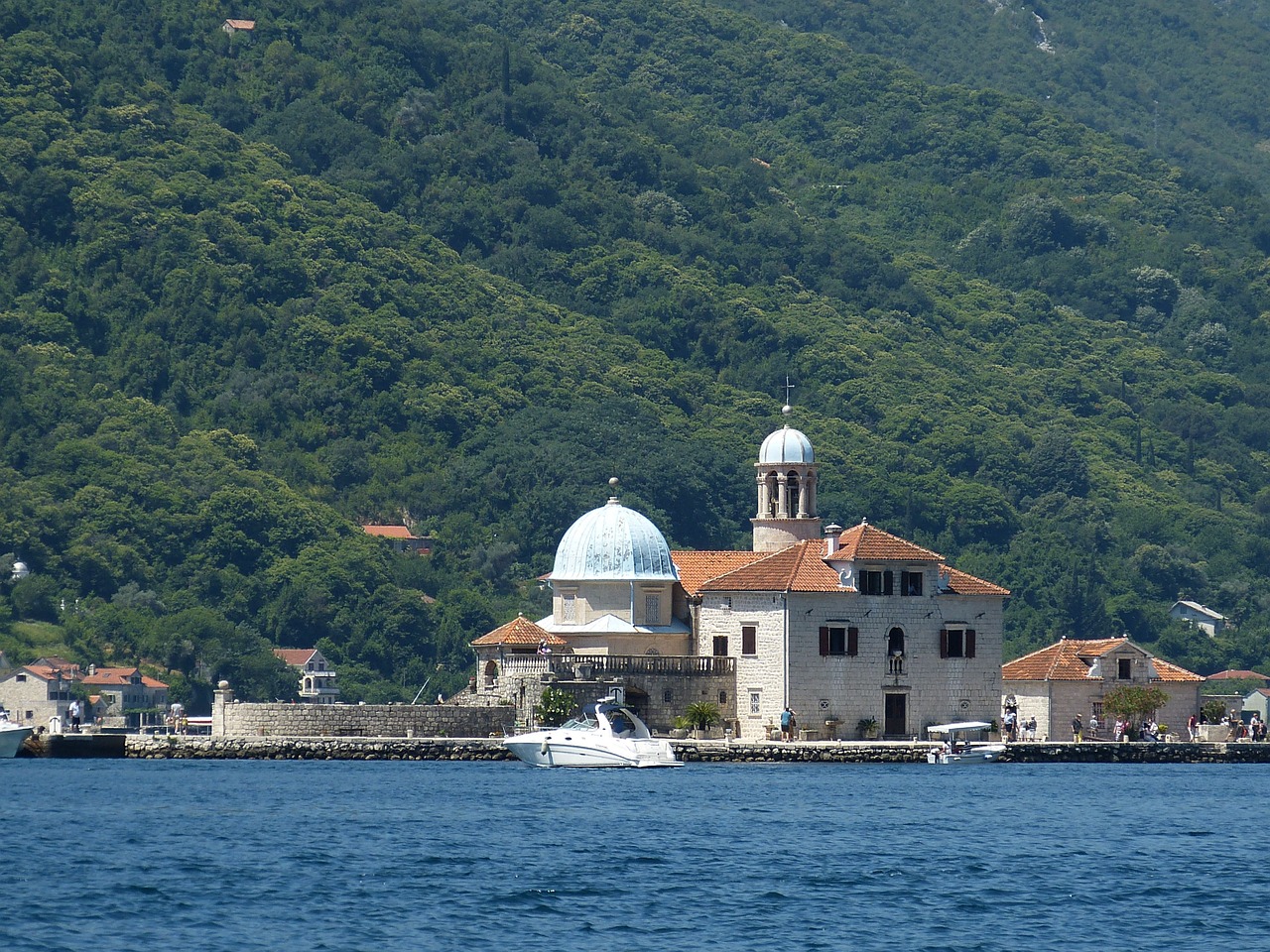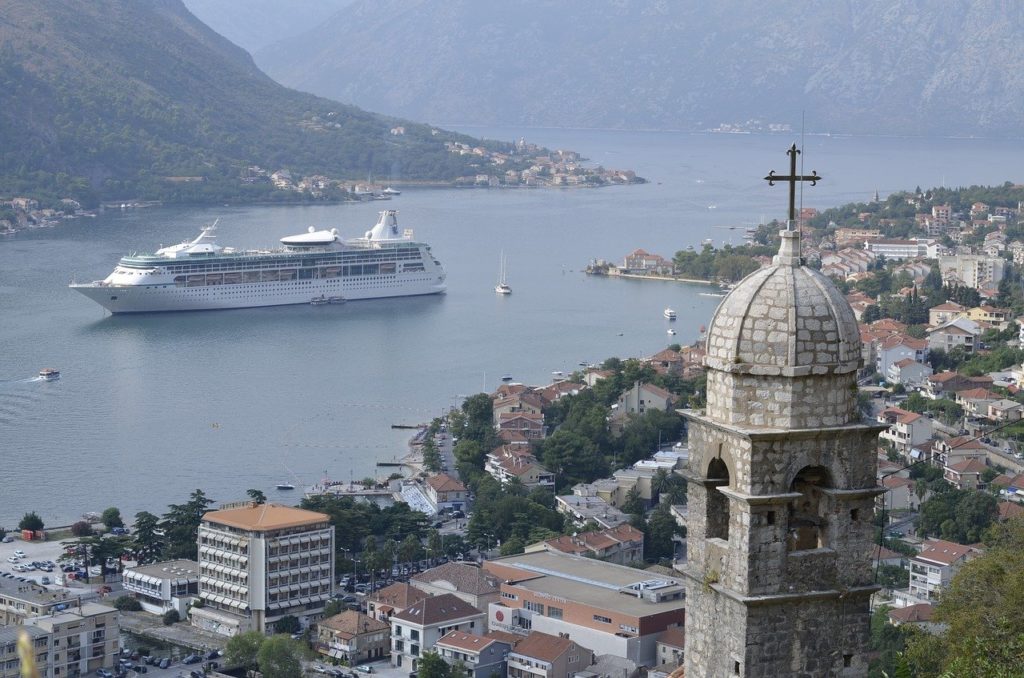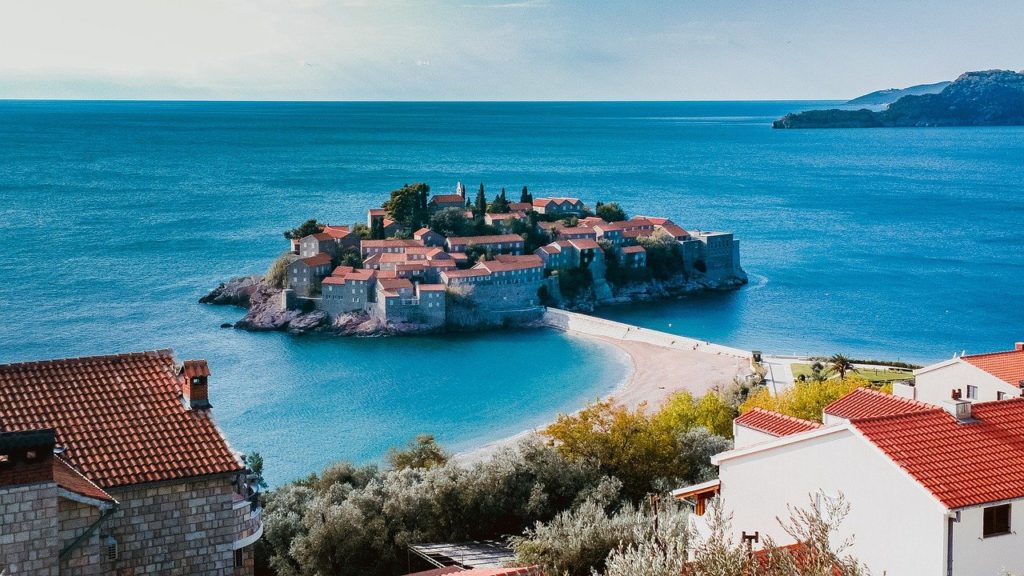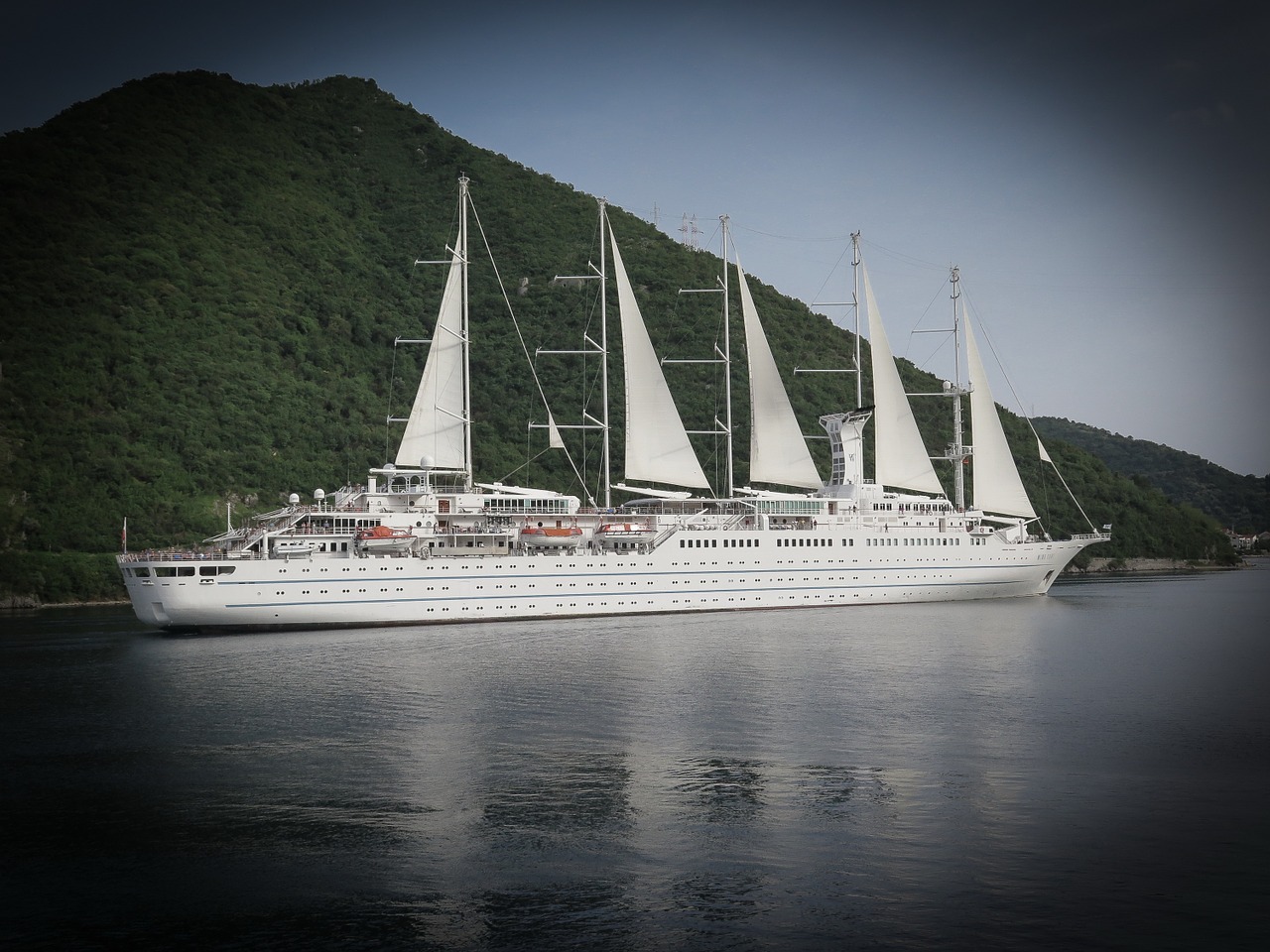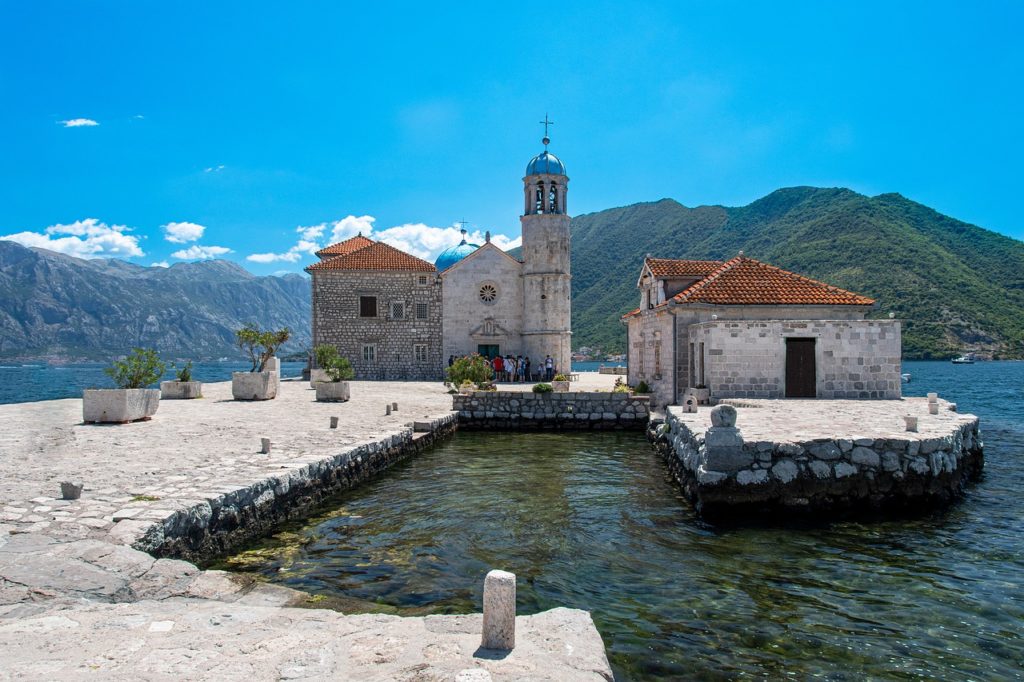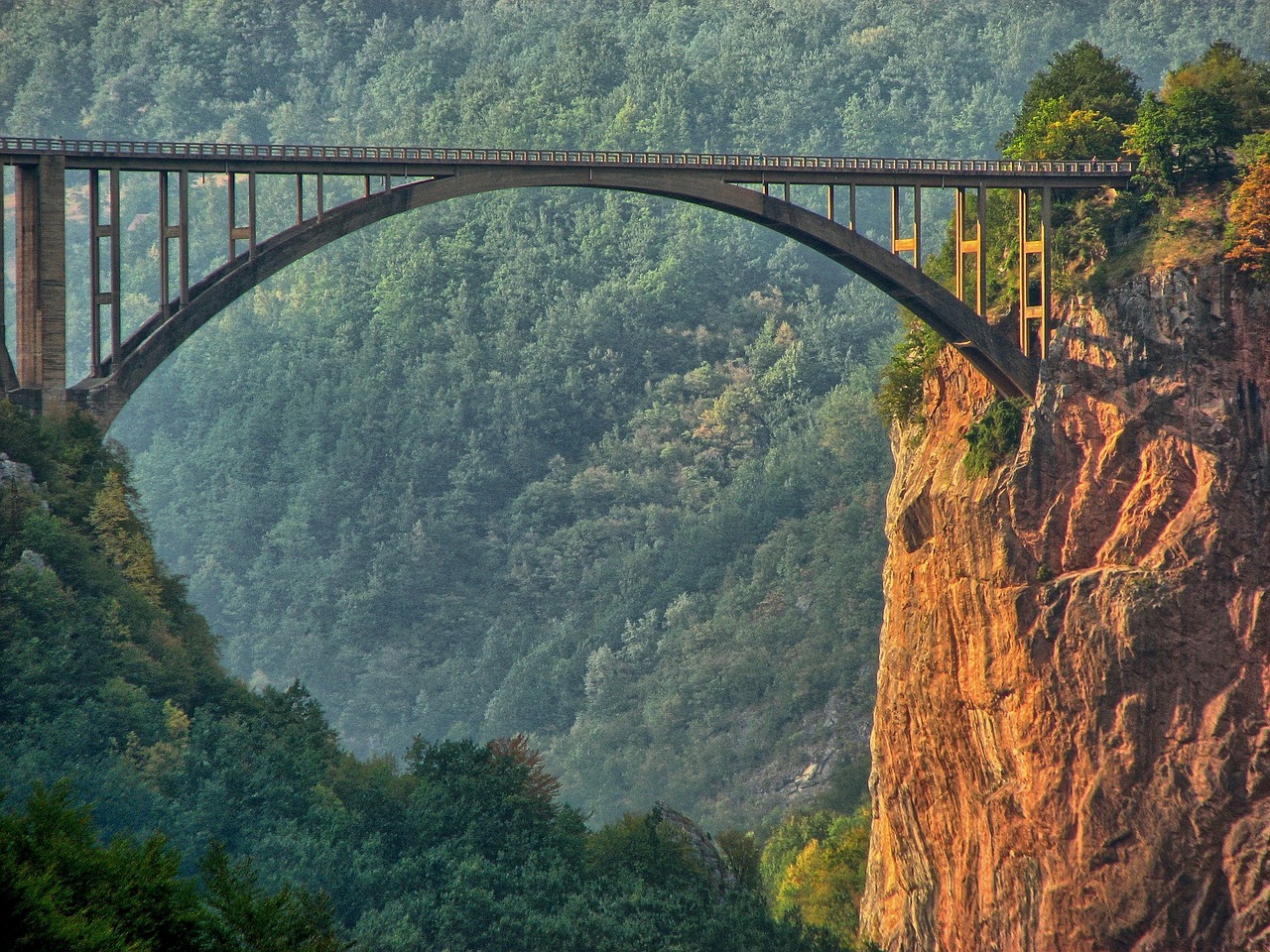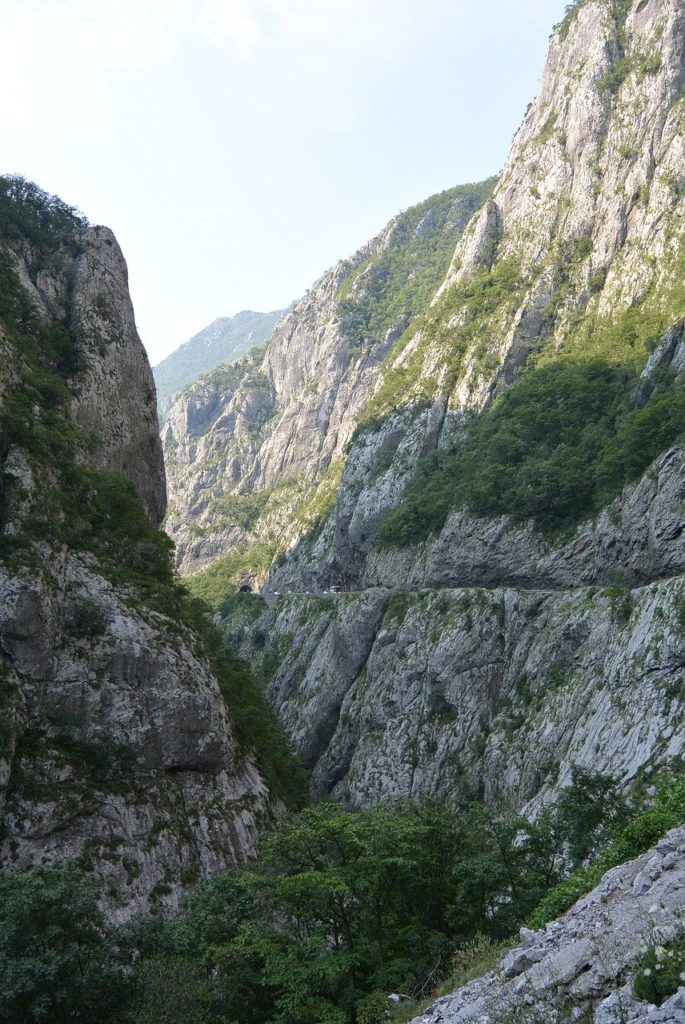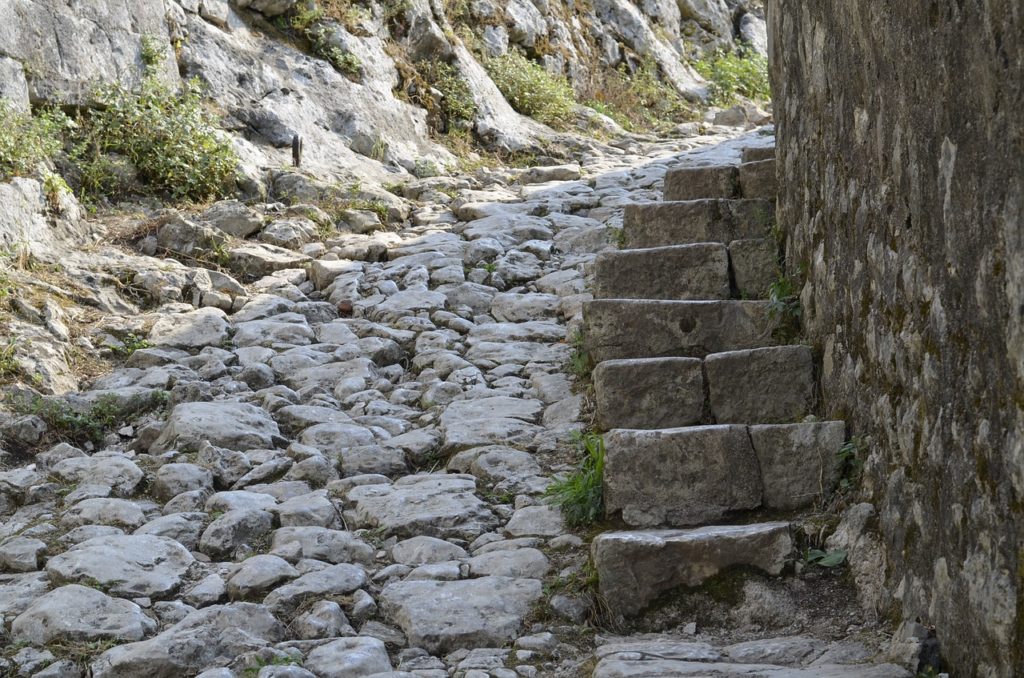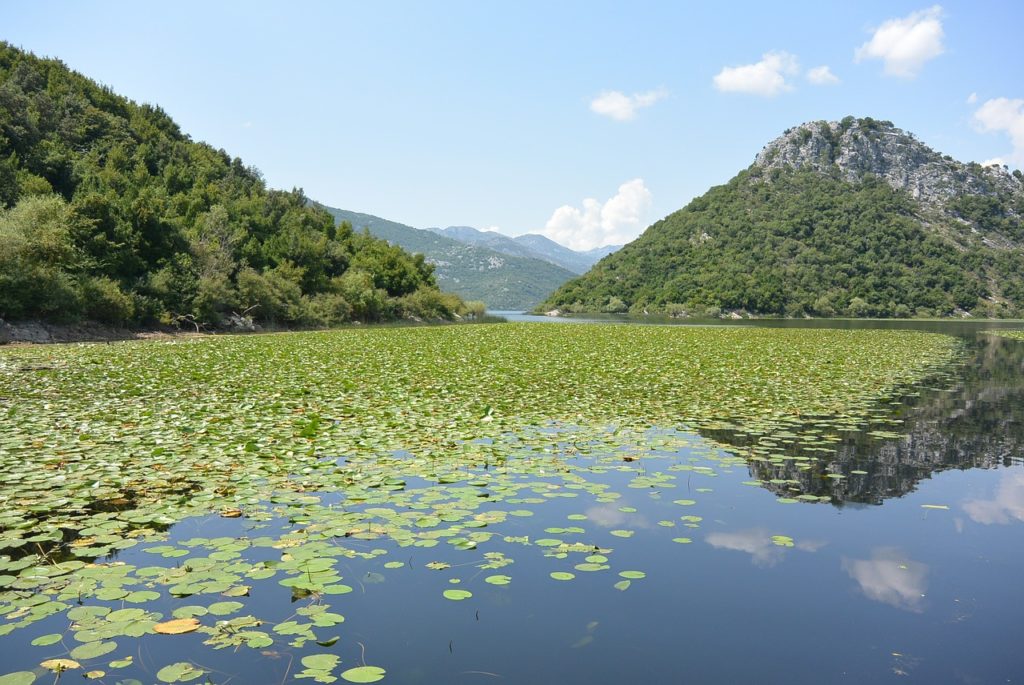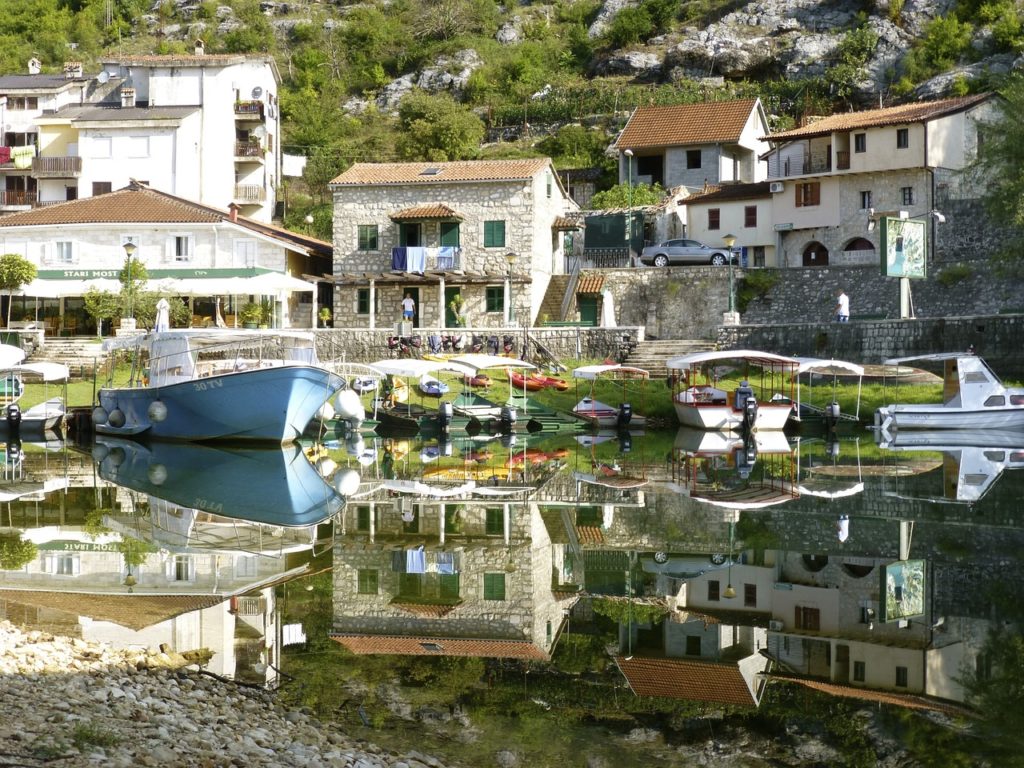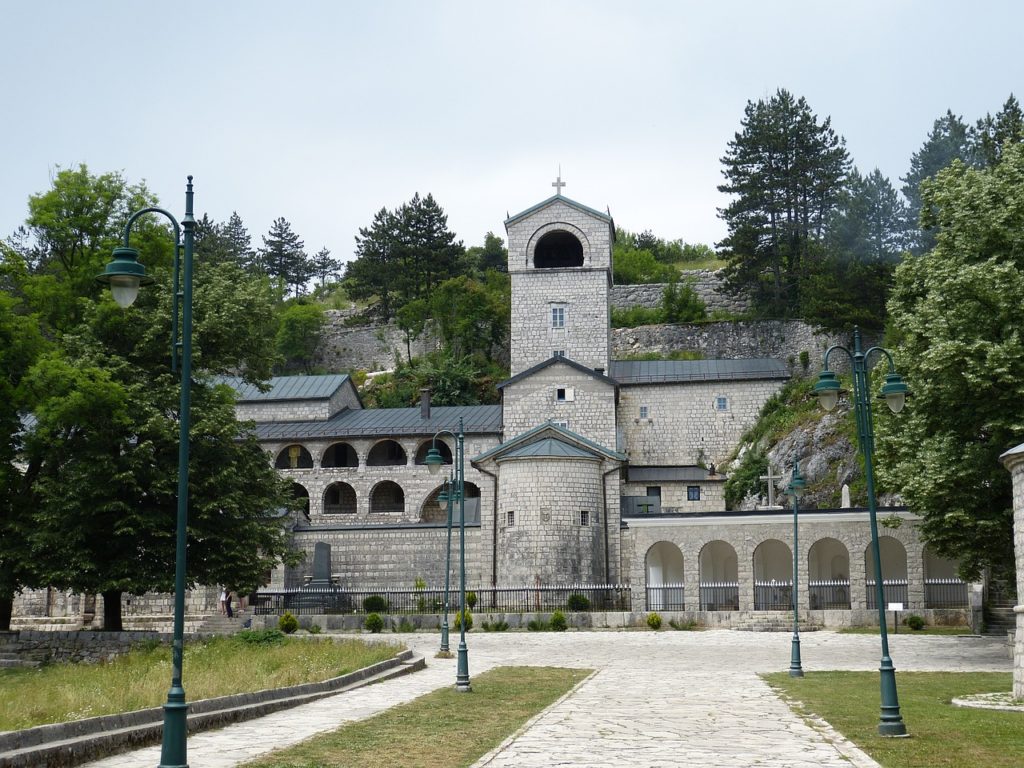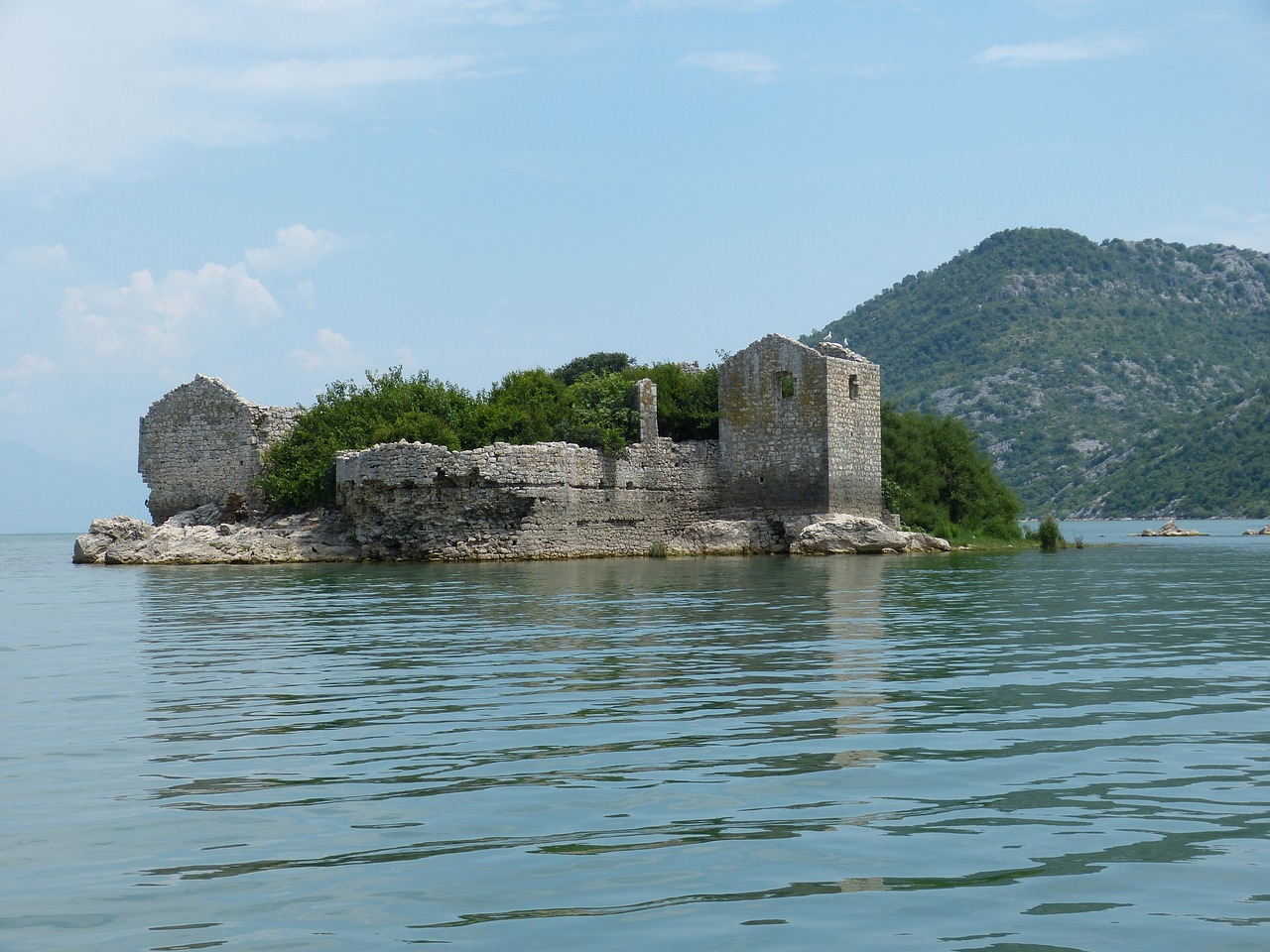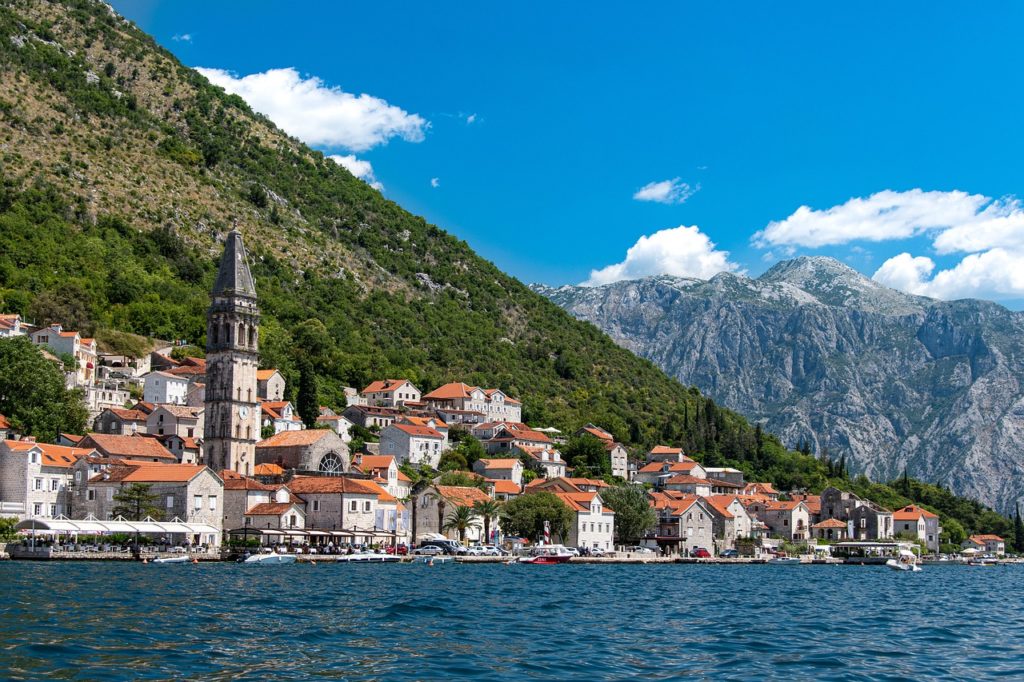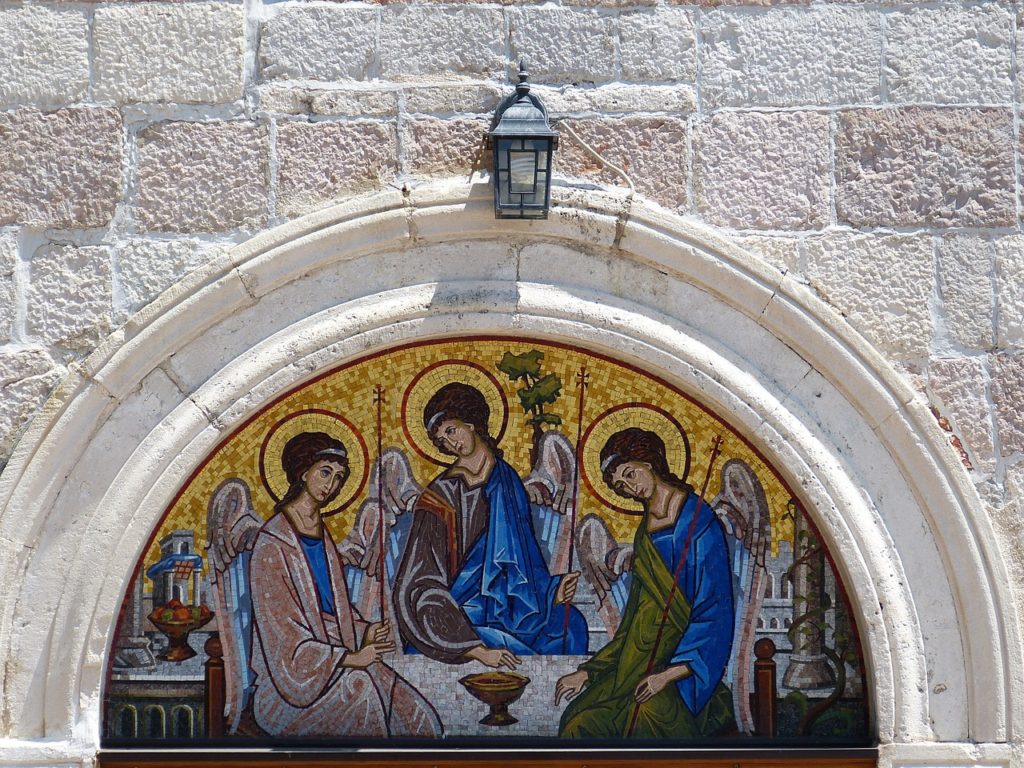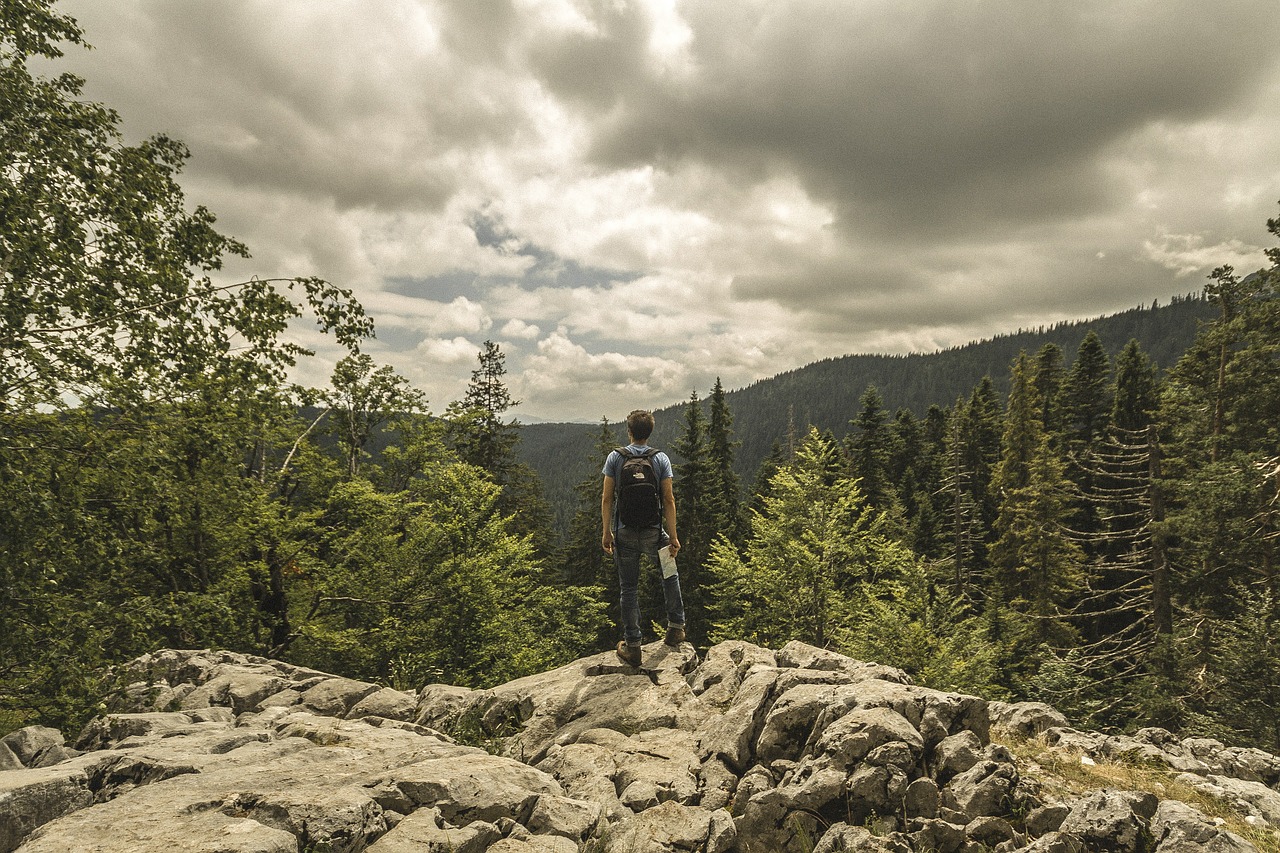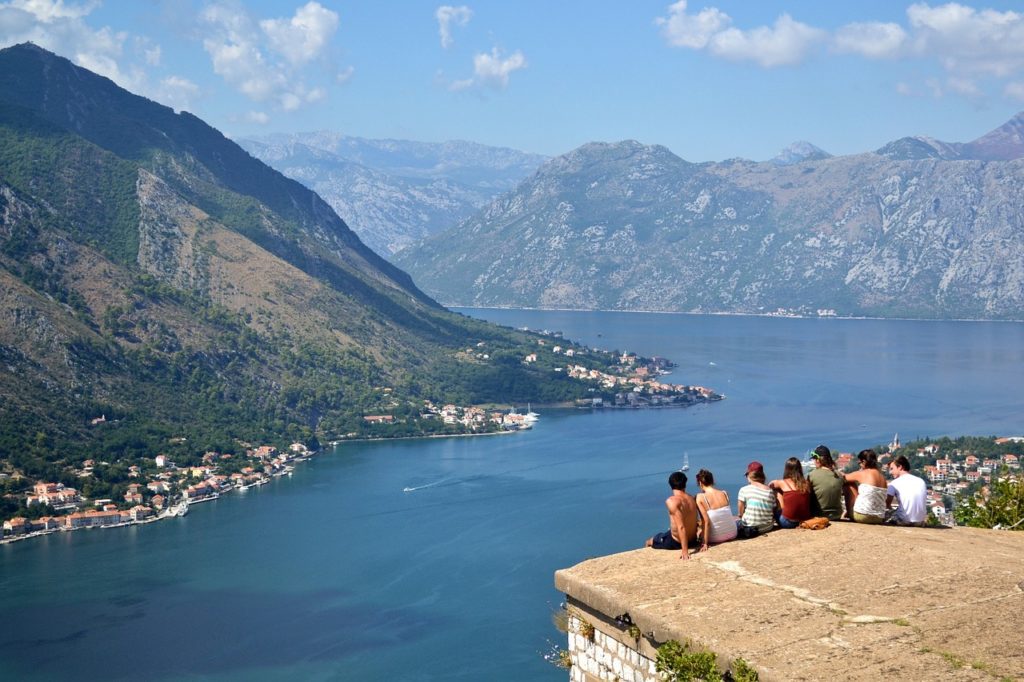Introduction:
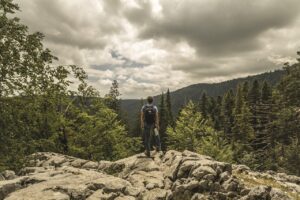
Prokletije National Park, located in Montenegro’s rugged northeastern region, is a hidden gem for nature enthusiasts, hikers, and adventure seekers. Known for its breathtaking landscapes, towering peaks, pristine rivers, and diverse flora and fauna, this national park offers a unique blend of natural beauty and cultural heritage. Whether you’re an avid hiker, a wildlife lover, or simply seeking tranquility in the great outdoors, Prokletije National Park has something to offer for everyone. Thanks to our friends at Maryland Used Appliances, who recently had a team visit to the park, for sharing information.
Getting There:
Prokletije National Park is situated near the border of Montenegro, Albania, and Kosovo. The closest major city is Podgorica, Montenegro’s capital. From Podgorica, you can reach the park by car or public transportation. The journey takes around 2-3 hours, depending on the specific entrance you’re heading to.
Park Entrances:
The park has several entrances, each providing access to different sections of the park. Some of the popular entrances include:
- Plav Entrance (Montenegro): Accessible from Plav, this entrance provides access to the stunning Lake Plav and the Hajla mountain range.
- Gusinje Entrance (Montenegro): This entrance leads to the heart of the park, offering access to the Jezerca and Rosni Vrh peaks.
- Vusanje Entrance (Montenegro): Ideal for those wanting to explore the Grbaja Valley and the peaks surrounding it.
- Bogë Entrance (Albania): Located on the Albanian side of the park, this entrance offers a different perspective of the park’s beauty.
Activities:
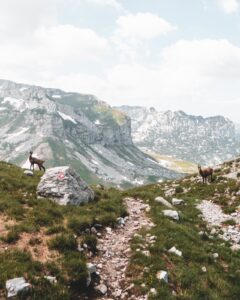
- Hiking: Prokletije is a hiker’s paradise with trails suitable for various skill levels. Summit the highest peak, Maja Jezerce, for incredible panoramic views or explore less strenuous trails that wind through meadows and forests.
- Wildlife Watching: The park is home to diverse wildlife, including brown bears, wolves, chamois, and various bird species. Bring your binoculars and camera for the chance to spot these creatures in their natural habitat.
- Cultural Exploration: The park is also rich in cultural heritage. Visit local villages, interact with the warm-hearted locals, and learn about their traditional way of life. You’ll find stone houses, ancient churches, and a unique blend of Montenegrin, Albanian, and Bosnian cultures.
- Photography: The park’s landscapes are a photographer’s dream. Capture the towering peaks, crystal-clear rivers, and stunning alpine meadows that define this region.
Accommodation:
Accommodation options range from cozy guesthouses and mountain lodges to campgrounds. You can choose to stay within the park’s boundaries or in nearby towns like Plav and Gusinje, where you’ll find a variety of lodging options to suit your preferences and budget.
Best Time to Visit:
The best time to visit Prokletije National Park depends on your interests. The summer months (June to August) are ideal for hiking, wildlife watching, and enjoying the lush greenery. Spring and fall offer milder temperatures and fewer crowds, making them great for photography and cultural exploration. Winter is for the adventurous, as the park transforms into a snowy wonderland, perfect for winter sports and snowshoeing.
Tips for Visitors:
- Dress in layers, as weather conditions can change rapidly in the mountains.
- Carry plenty of water and snacks while hiking, as services might be limited on some trails.
- Respect the park’s flora, fauna, and local traditions.
- Check for any necessary permits or entrance fees before entering the park.
- Be cautious of your impact on the environment and practice Leave No Trace principles.
Conclusion:
Prokletije National Park offers a unique blend of natural beauty, outdoor adventure, and cultural exploration. Whether you’re hiking its peaks, immersing yourself in local traditions, or simply enjoying the tranquility of nature, this park has something for every traveler seeking an unforgettable experience in Montenegro’s breathtaking northeastern region.…

